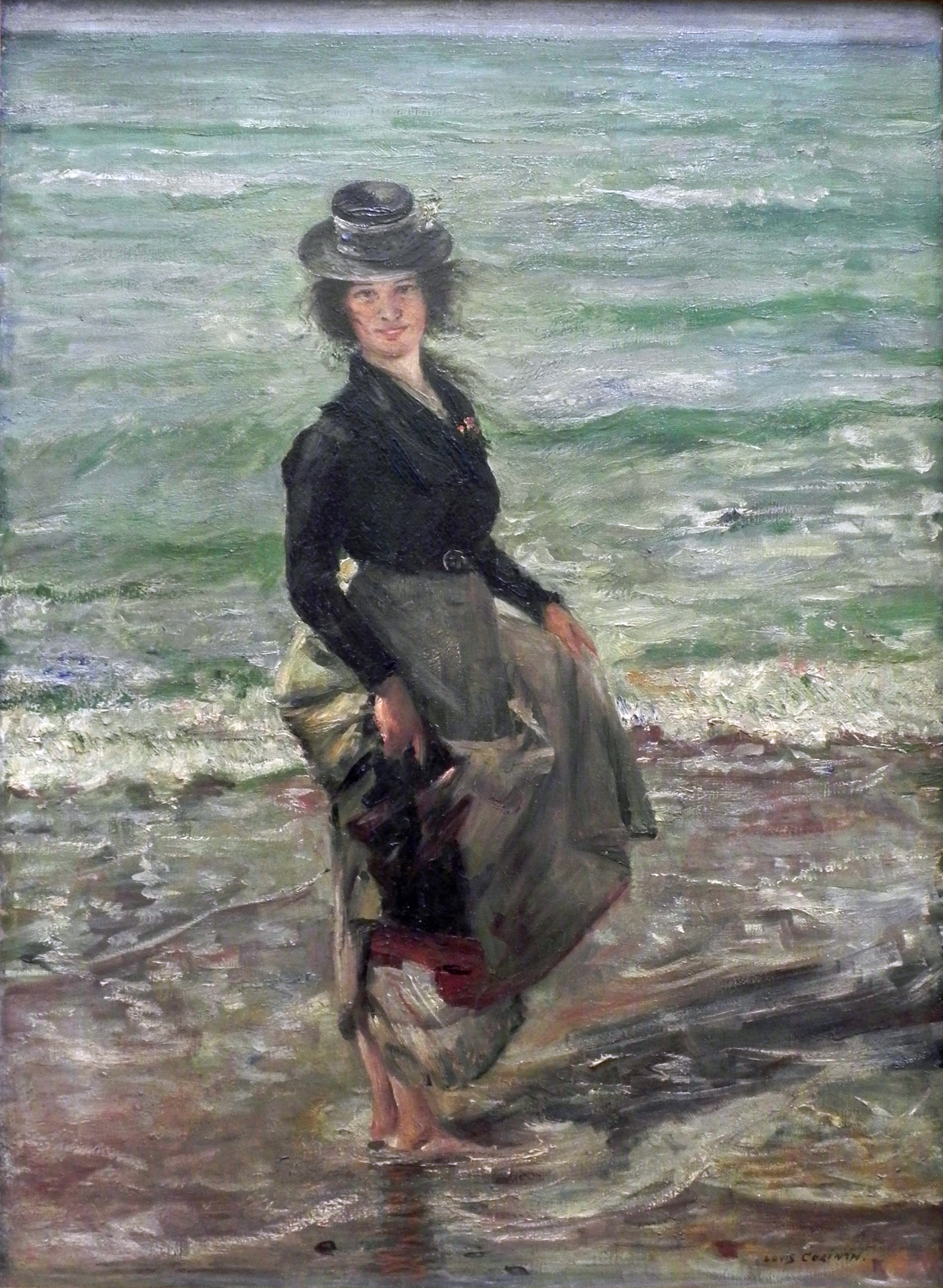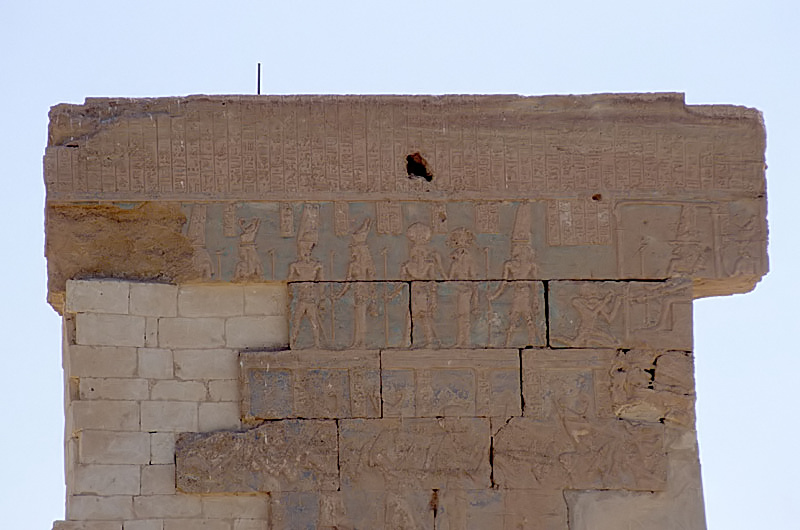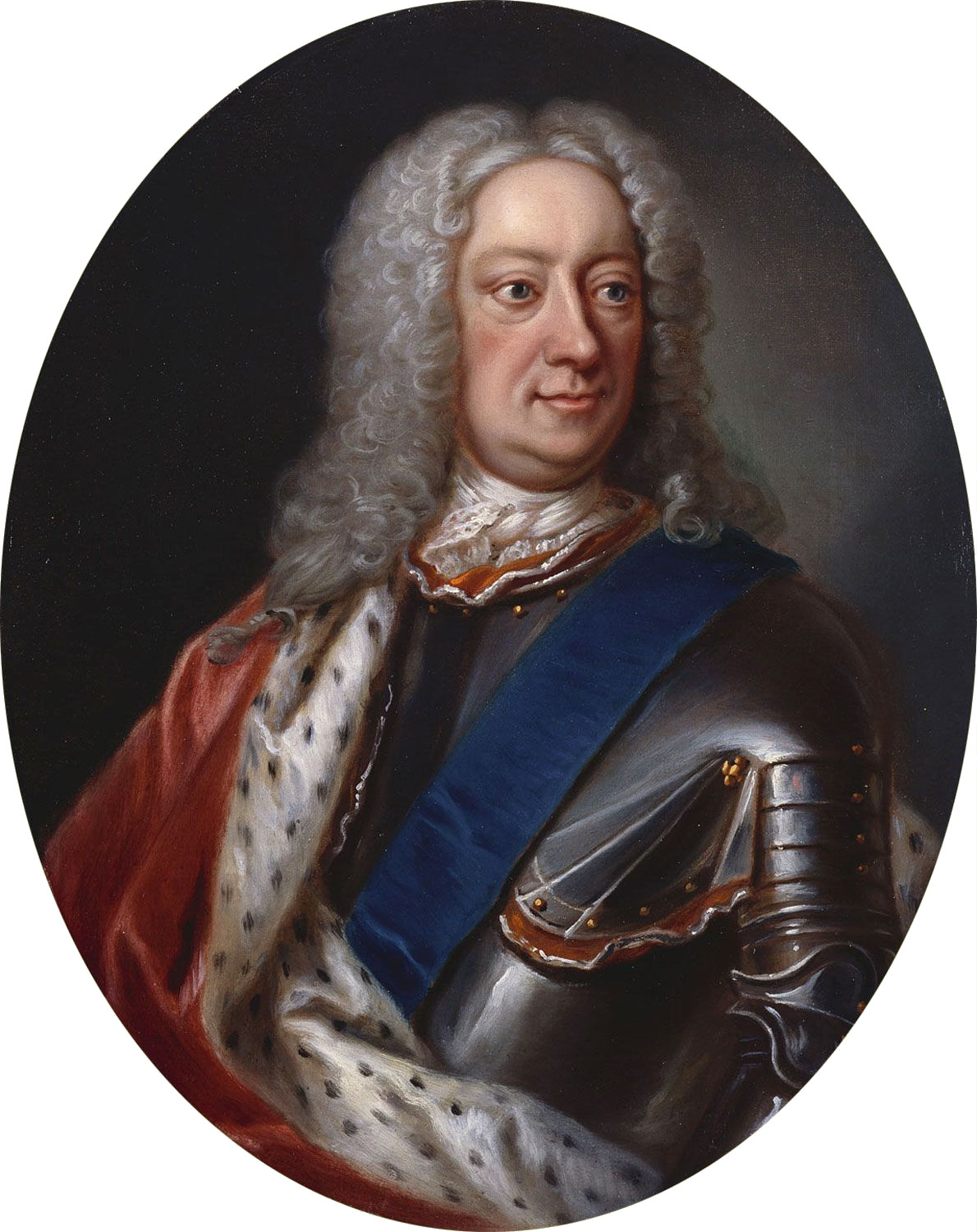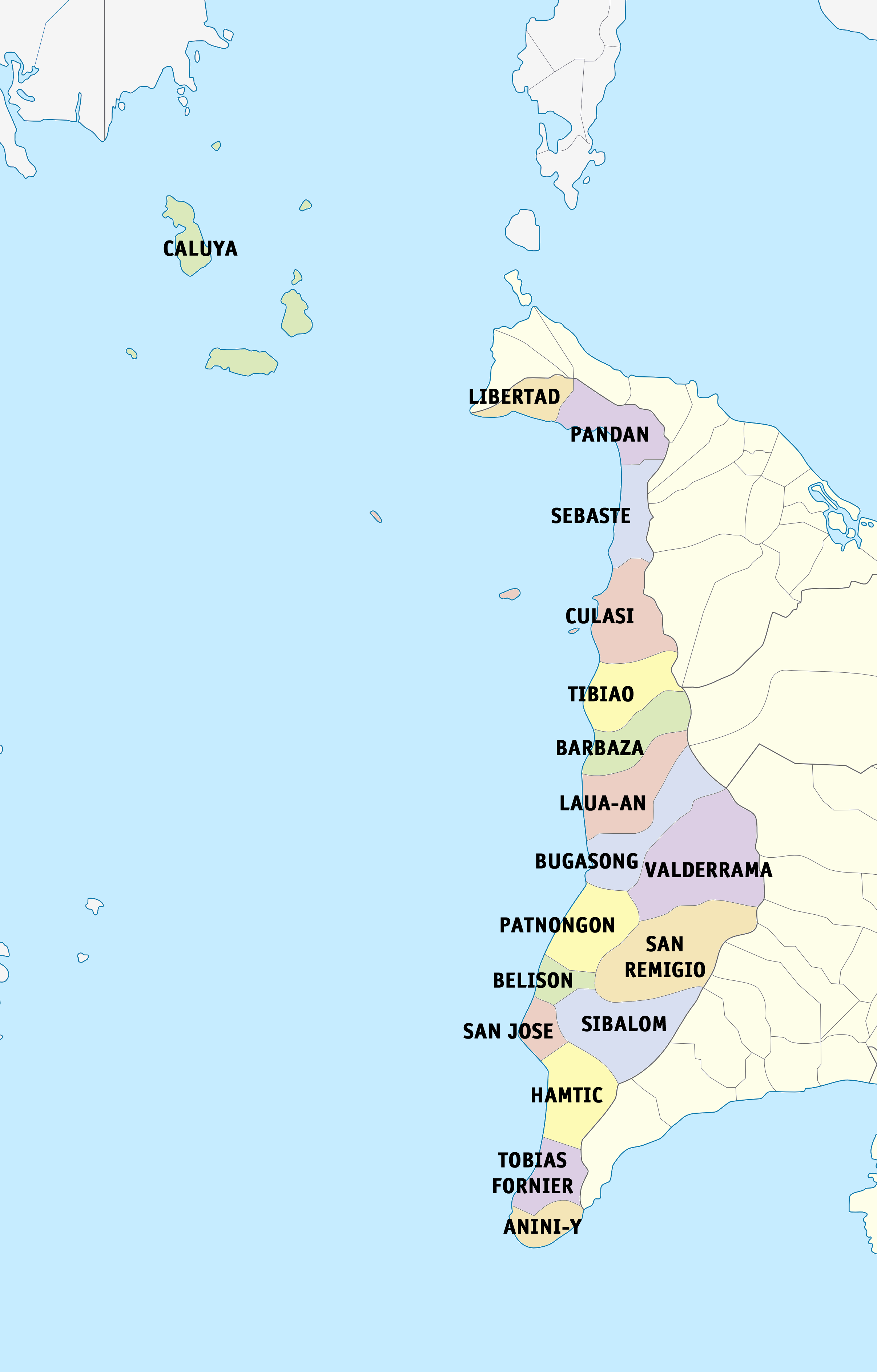|
Katja Lembke
Katja Lembke (born 1965) is a German classical archaeologist and Egyptologist and director of the Lower Saxony State Museum in Hanover. Career Katja Lembke studied Classical Archeology, Egyptology and Latin from 1984 to 1992 at the Leibniz College (Studium generale) at the University of Tübingen, at the University of Munich, the Universities of La Sapienza and Gregoriana in Rome, and at the University of Heidelberg. In 1992, she received her doctorate in Heidelberg with Tonio Hölscher with the dissertation Das Iseum Campense in Rome. In 1992/93, she received a travel grant from the German Archaeological Institute. From 1994 to 1996, Lembke worked as an assistant at the Egyptian Museum Berlin. Then she headed a project to document the grave of Siamun in the Siwa oasis until 2000, followed by the research project "The sculptures from the spring shrine of Amrit / Western Syria" until 2003. In 2002, she also started coordinating the sub-project “Egyptian Museum and Papyrus Col ... [...More Info...] [...Related Items...] OR: [Wikipedia] [Google] [Baidu] |
Katja Lembke MWK 2
Katja is a feminine given name. In Germany, the Netherlands, Flanders, and Scandinavia, it is a pet form of Katherine. People with the first name Katja Actresses *Katja Flint (born 1959), German actress *Katja Herbers (born 1980), Dutch actress * Katja Medbøe (1945–1996), Norwegian actress *Katja Riemann (born 1963), German actress *Katja Schuurman (born 1975), Dutch actress, singer and television personality * Katja Woywood (born 1971), German actress, former child star * Katja Zoch (born 1961), American voice actress Musicians * Katja Andy (1906–2013), German-American pianist *Katja Ebstein (born 1945), German singer * Katja Glieson, Australian recording artist Politicians * Katja Adler (born 1974), German politician * Katja Boh (1929–2008), Slovenian sociologist, diplomat, politician *Katja Kipping (born 1978), German politician, chairwoman of the Left Party *Katja Husen (1976–2022), German politician * Katja Suding (born 1975), German politician Athletes ... [...More Info...] [...Related Items...] OR: [Wikipedia] [Google] [Baidu] |
Lower Saxony State Museum
The Lower Saxon State Museum Hanover (, or simply ) is the state museum of Lower Saxony in Hanover, Germany. Situated adjacent to the New Town Hall, the museum comprises the state gallery (), featuring paintings and sculptures from the Middle Ages to the 20th century, and departments of archaeology, natural history and ethnology. The museum includes a vivarium with fish, amphibians, reptiles and arthropods. History Originally the Museum of Art and Science () inaugurated in 1856 in the presence of George V of Hanover based in the present-day Hanover Arthouse (), it was later renamed Museum of the Province of Hanover, or simply Provincial Museum. The museum soon ran out of space for its art collections, prompting the construction of the current building, designed by Hubert Stier in a Neo-Renaissance style, on the edge of the Maschpark in 1902. The building's relief frieze, titled "Key Moments in the Evolution of Humanity" (), was created by the Hanoverian artist Georg Herting in ... [...More Info...] [...Related Items...] OR: [Wikipedia] [Google] [Baidu] |
Hanover
Hanover ( ; ; ) is the capital and largest city of the States of Germany, German state of Lower Saxony. Its population of 535,932 (2021) makes it the List of cities in Germany by population, 13th-largest city in Germany as well as the fourth-largest in northern Germany after Berlin, Hamburg and Bremen. Hanover's urban area comprises the towns of Garbsen, Langenhagen and Laatzen and has a population of about 791,000 (2018). The Hanover Region has approximately 1.16 million inhabitants (2019) and is the largest in the Hannover–Braunschweig–Göttingen–Wolfsburg Metropolitan Region, Hanover–Braunschweig–Göttingen–Wolfsburg Metropolitan Region, the List of EU metropolitan areas by GDP, 17th biggest metropolitan area by GDP in the European Union. Before it became the capital of Lower Saxony in 1946, Hanover was the capital of the Principality of Calenberg (1636–1692), the Electorate of Hanover (1692–1814), the Kingdom of Hanover (1814–1866), the Province of Hannove ... [...More Info...] [...Related Items...] OR: [Wikipedia] [Google] [Baidu] |
Tonio Hölscher
{{given name ...
Tonio may refer to: * ''Tonio'' (film), a 2016 Dutch film * Tonio (software), a Vocaloid vocal * Tonio Kröger, a novella by Thomas Mann * ''Tonio Kröger'' (film), a film based on the novella * Tonio (app), an audio-decoding-app *Tonio (name), persons with this given name or nickname * Tonio Trussardi, a character in JoJo’s Bizarre Adventure Diamond is Unbreakable by Hirohiko Araki See also *Antonio Antonio is a masculine given name of Etruscan language, Etruscan origin deriving from the root name Antonius. It is a common name among Romance language–speaking populations as well as the Balkans and Lusophone Africa. It has been among the top ... [...More Info...] [...Related Items...] OR: [Wikipedia] [Google] [Baidu] |
Siwa Oasis
The Siwa Oasis ( ) is an urban oasis in Egypt. It is situated between the Qattara Depression and the Great Sand Sea in the Western Desert (Egypt), Western Desert, east of the Egypt–Libya border and from the Egyptian capital city of Cairo. It is famed from its role in ancient Egypt as the home to an oracle of Amun, the ruins of which are a popular tourist attraction, giving it the ancient name Oasis of Amun-Ra, after the major Ancient Egyptian deities, Egyptian deity. Geography The oasis is in a deep Depression (geology), depression that reaches below sea level. To the west, the al Jaghbub Oasis rests in a similar depression and to the east, the large Qattara Depression is also below sea level. The depression is fertile due to both natural Artesian well, flowing artesian wells and irrigation. It is the site of about 200 natural springs. Siwa is directly adjacent to the Libyan Desert plateau. The geology is characterised by horizontal layers of porous limestones alternated wi ... [...More Info...] [...Related Items...] OR: [Wikipedia] [Google] [Baidu] |
Favissa
A ''favissa'' is a cultic storage place, usually a pit or an underground cellar, for sacred utensils and votive objects no longer in use. ''Favissae'' were located within the sacred temple precincts of the various ancient Mediterranean Sea, Mediterranean civilizations. Archaeologists have found such pits in Ancient Egypt, the Culture of ancient Rome, Roman world and in the Phoenicia, Phoenician and Punic people, Punic world. Etymology The term is derived from the Etruscan language, Etruscan or related to the Latin ''fovea'' "pit". During the time of ancient Rome, the term ''favissa'' referred to a cylindrical underground storage space, specifically designed to house votive objects. These repositories were typically located outside the main sanctuary but within the sacred grounds known as ''temenos''. The Roman ''favissa'' served a similar purpose as the Treasury, Greek treasury, functioning as a dedicated space for storing valuable offerings and dedicatory items. Roman ''fav ... [...More Info...] [...Related Items...] OR: [Wikipedia] [Google] [Baidu] |
Neues Museum
The Neues Museum (, ''New Museum'') is a listed building on the Museum Island in the historic centre of Berlin, Germany. Built from 1843 to 1855 by order of King Frederick William IV of Prussia in Neoclassical and Renaissance Revival styles, it is considered as the major work of Friedrich August Stüler. After suffering damage in World War II and decay in East Germany, it was restored from 1999 to 2009 by David Chipperfield. Currently, the Neues Museum is home to the Egyptian Museum (''Ägyptisches Museum''), the , the Museum für Vor- und Frühgeschichte and parts of the Antikensammlung. As part of the Museum Island complex, the museum was inscribed on the UNESCO World Heritage List in 1999 because of its outstanding architecture and testimony to the evolution of museums as a cultural phenomenon. Overview The Neues Museum was the second museum to be built on Museum Island and was intended as an extension to house collections which could not be accommodated in the Altes M ... [...More Info...] [...Related Items...] OR: [Wikipedia] [Google] [Baidu] |
University Of Göttingen
The University of Göttingen, officially the Georg August University of Göttingen (, commonly referred to as Georgia Augusta), is a Public university, public research university in the city of Göttingen, Lower Saxony, Germany. Founded in 1734 by George II of Great Britain, George II, King of Great Britain and Electorate of Hanover, Elector of Hanover, it began instruction in 1737 and is recognized as the oldest university in Lower Saxony. Recognized for its historic and traditional significance, the university has affiliations with 47 Nobel Prize winners by its own count. Previously backed by the German Universities Excellence Initiative, the University of Göttingen is a member of the U15 (German Universities), U15 Group of major German research universities, underscoring its strong research profile. It is also a part of prominent international and European academic networks such as Guild of European Research-Intensive Universities, The Guild, the ENLIGHT alliance, and the Hek ... [...More Info...] [...Related Items...] OR: [Wikipedia] [Google] [Baidu] |
Antike Welt
Antique (), officially the Province of Antique, is a province in the Philippines located in the Western Visayas region. Its capital and most populous town is San Jose de Buenavista. The province is situated in the western section of Panay Island and borders Aklan, Capiz, and Iloilo to the east, while facing the Sulu Sea to the west. The province is home to the indigenous Iraynun-Bukidnon, speakers of a dialect of the Kinaray-a language, who have crafted the only rice terrace clusters in the Visayas through indigenous knowledge and sheer vernacular capabilities. The rice terraces of the Iraynun-Bukidnon are divided into four terraced fields, namely, General Fullon rice terraces, Lublub rice terraces, Bakiang rice terraces, and San Agustin rice terraces. All of the rice terrace clusters have been researched by the National Commission for Culture and the Arts and various scholars from the University of the Philippines. There have been campaigns to nominate the Iraynun-Bukidnon Rice Te ... [...More Info...] [...Related Items...] OR: [Wikipedia] [Google] [Baidu] |
German Archaeologists
German(s) may refer to: * Germany, the country of the Germans and German things **Germania (Roman era) * Germans, citizens of Germany, people of German ancestry, or native speakers of the German language ** For citizenship in Germany, see also German nationality law **Germanic peoples (Roman era) * German diaspora * German language * German cuisine, traditional foods of Germany People * German (given name) * German (surname) * Germán, a Spanish name Places * German (parish), Isle of Man * German, Albania, or Gërmej * German, Bulgaria * German, Iran * German, North Macedonia * German, New York, U.S. * Agios Germanos, Greece Other uses * German (mythology), a South Slavic mythological being * Germans (band), a Canadian rock band * "German" (song), a 2019 song by No Money Enterprise * ''The German'', a 2008 short film * "The Germans", an episode of ''Fawlty Towers'' * ''The German'', a nickname for Congolese rebel André Kisase Ngandu See also * Germanic (di ... [...More Info...] [...Related Items...] OR: [Wikipedia] [Google] [Baidu] |






